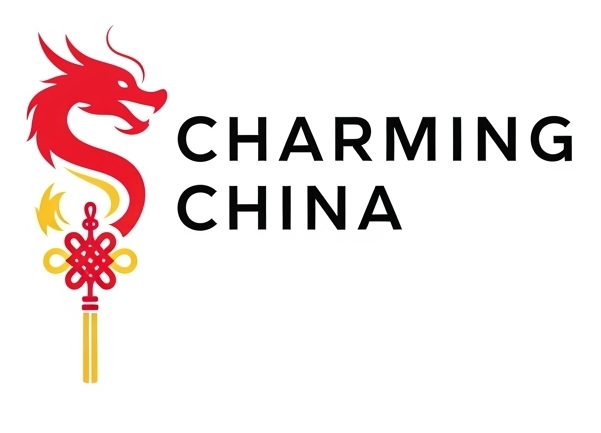Chinese Dragon vs Western Dragon: Key Differences
When most people think of dragons, they imagine a fire-breathing monster guarding treasure. But in Chinese culture, the dragon is nothing like its Western counterpart.
The Chinese dragon is a symbol of prosperity and good fortune, while the Western dragon is often feared as a destructive beast. These contrasting images come from centuries of mythology, religion, and cultural values.
1. Symbolism: Benevolent vs Dangerous
| Culture | Symbolism |
|---|---|
| Chinese Dragon | Prosperity, rain, imperial power, balance between heaven & earth |
| Western Dragon | Greed, chaos, destruction; often an enemy to be defeated |
- Chinese dragons are revered as protectors and life-givers, bringing rain to nourish crops.
- Western dragons are usually villains, representing evil or sin to be slain by heroes.
2. Appearance: Serpentine vs Winged Beast
- Chinese Dragons: Long, snake-like body with four legs, no wings, antler-like horns, and a flowing mane.
- Western Dragons: Large, winged lizards with heavy bodies, armored scales, and sharp claws.
- Fun fact: Chinese dragons are said to be able to fly without wings, using their mystical energy (Qi).
3. Mythological Role
Chinese Tradition:
- Control rain, rivers, and oceans.
- Guardians of treasures and temples.
- Embody the emperor’s mandate to rule.
Western Tradition:
- Hoard gold and destroy villages.
- Symbols of greed and obstacles to overcome.
- Often linked to the devil in Christian mythology.
4. Personality: Guide vs Foe
- In Chinese stories, dragons often guide and protect worthy people.
- In European legends (like St. George and the Dragon), dragons must be defeated for the hero to succeed.
5. Cultural Importance
- Chinese Culture: The dragon is a national symbol. Chinese people proudly call themselves the “descendants of the dragon”.
- Western Culture: The dragon is part of medieval fantasy and mythology, but not a national identity.
FAQ
Are there any Western stories where dragons are good?
Yes, in modern fantasy (like How to Train Your Dragon), dragons are portrayed more positively. But traditionally, they were feared.
Why are Chinese dragons wingless?
They represent mystical power and don’t need wings to soar. This reinforces their divine status.
Which dragon is older?
The concept of Chinese dragons dates back over 5,000 years, while Western dragon myths evolved later from serpentine creatures in Mesopotamian and European folklore.
The dragon embodies opposite values in East and West:
- In China, it’s a guardian, rain-bringer, and symbol of good fortune.
- In Europe, it’s a monster of greed and chaos.
These differences reflect each culture’s unique worldview and relationship with nature.
